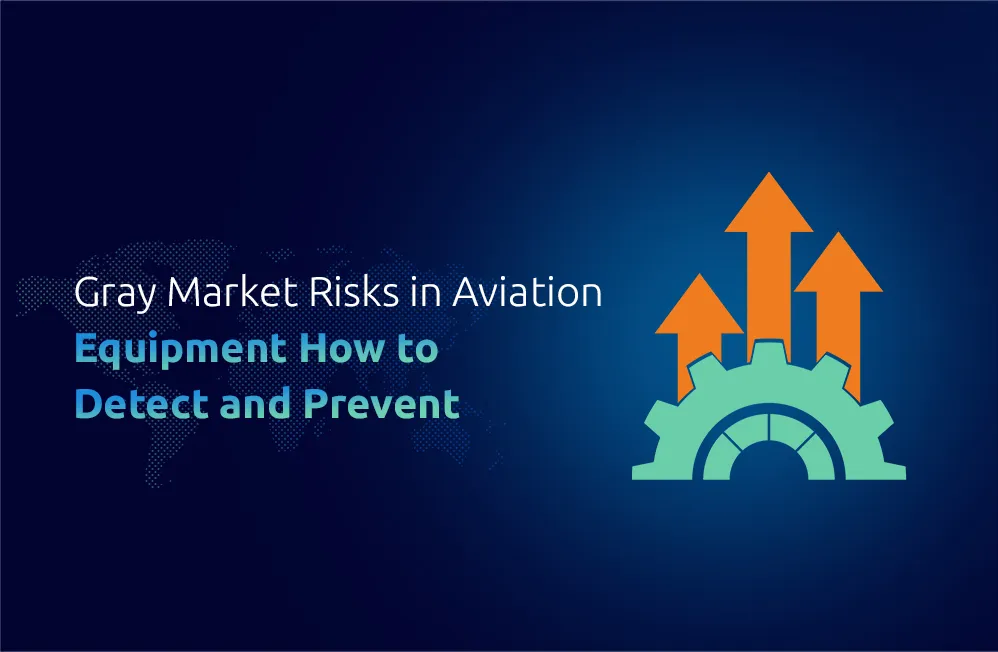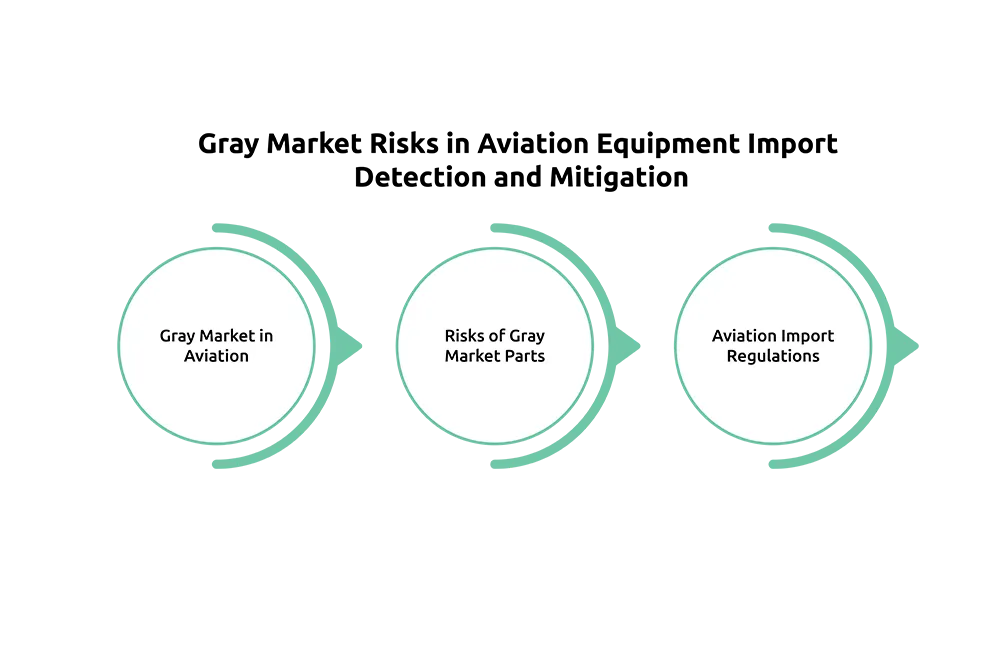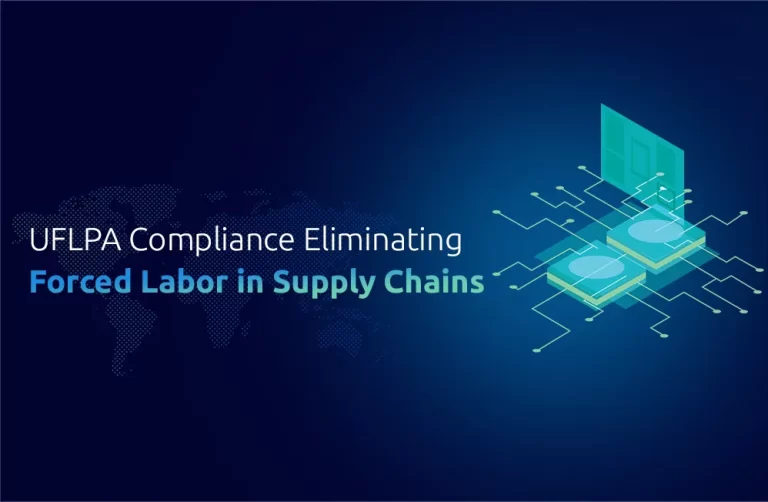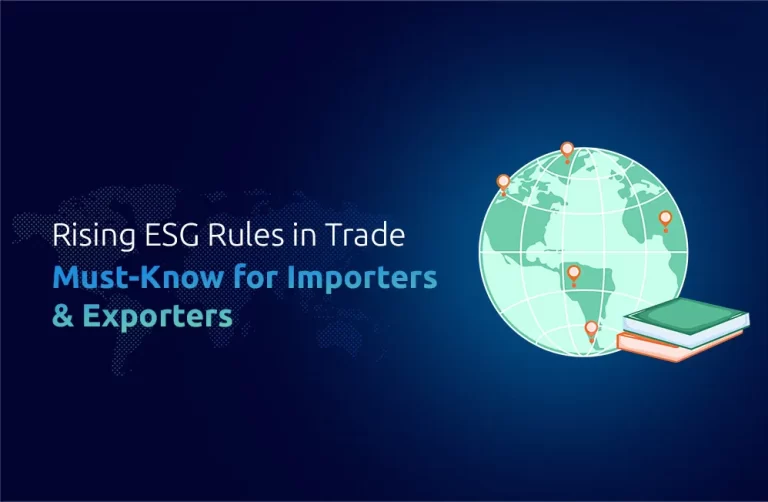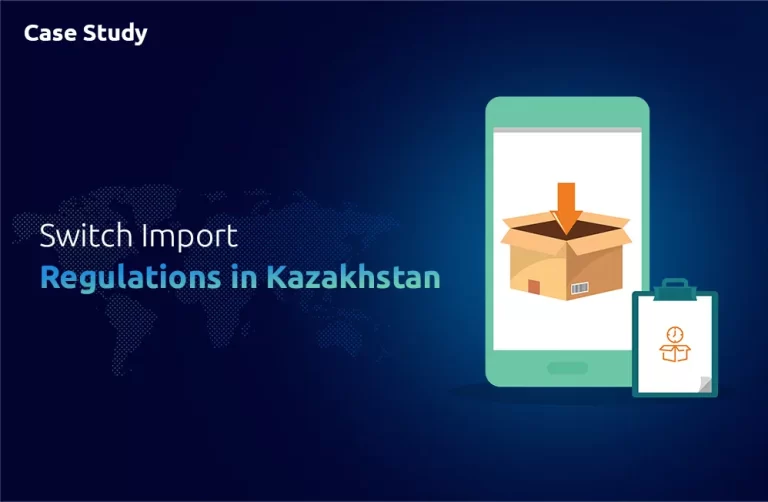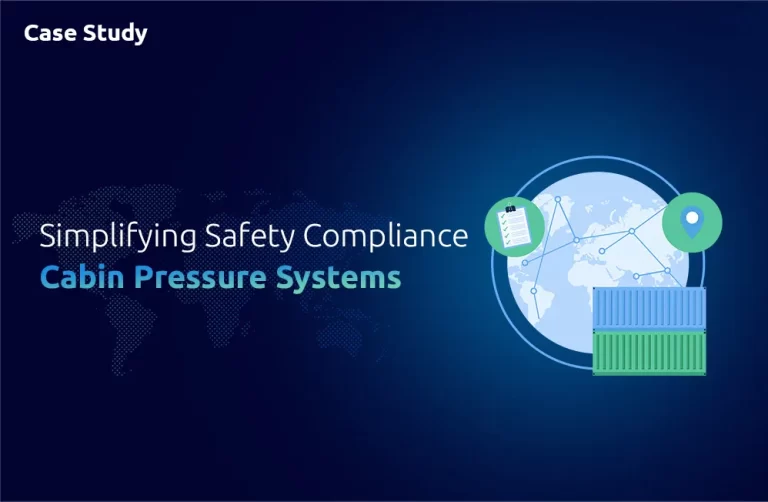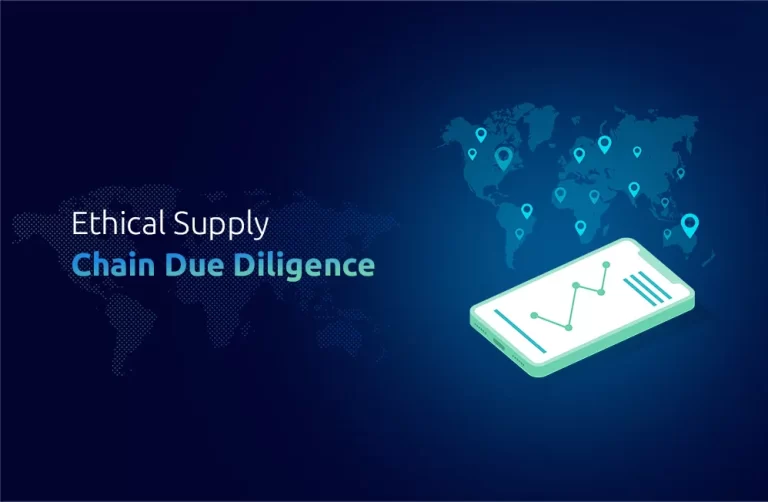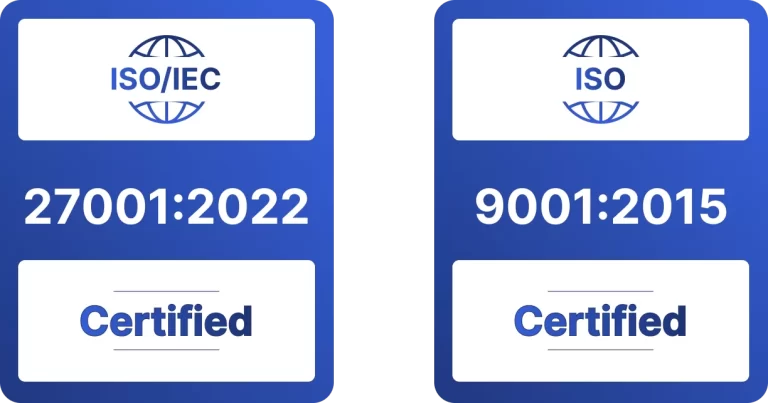Insight
The aviation industry cannot accept anything less than perfect equipment quality and absolute safety. The sector faces increasing problems from gray market products because they come from unauthorized distribution routes. Acquiring these seemingly affordable goods exposes companies to major safety and operational efficiency hazards. The following blog investigates gray market aviation equipment imports and their associated risks and provides solutions for businesses to reduce such threats effectively.
What is the Gray Market in Aviation Equipment Imports?
The unauthorized distribution of goods, which occurs through unapproved importation and unauthorized distribution without the manufacturer or authorized dealer’s blessing, falls under the definition of gray market activity. The unauthorized distribution of aviation components, parts, and advanced avionics occurs through unstable channels within aviation equipment schemes. The goods pursued by businesses who want to save costs are available at reduced prices. Lower prices usually contain unanticipated dangers that accompany such deals. Operational delays, legal troubles, and severe financial losses occur when using these goods since they present risks of poor quality combined with no warranty, noncompliance with regulatory standards, and potential safety hazards.
Common Practices in the Gray Market
The unauthorized aviation goods trade succeeds by finding logistical and supply chain management weaknesses, enabling unlicensed aviation goods sales. Harmonizing this practice involves parallel importing unauthorized sellers bringing goods from areas of lower pricing for resale into territories where they should remain officially unavailable. This unauthorized selling method avoids established distribution pathways and regularly leads to the destruction of original manufacturer-set pricing terms and quality standards. Excess stock liquidation occurs when distributors select unauthorized dealers to purchase unsold items and overstocks. Unauthoritarian dealers purchase and distribute these goods through unregulated market channels, offering reduced prices while neglecting standard warranty guarantees. Unauthorized distribution channels increase the grey market when specific dealer-targeted equipment ends up in the possession of unauthorized sellers. Legally regulated checks become bypassed in this process, which introduces the risk of delivering substandard, non-compliant equipment while endangering market safety and reliability.
These practices can lead to a flooded market of gray market aviation equipment, making it harder for businesses to distinguish between legitimate and potentially unsafe equipment.
Sources of Gray Market Aviation Equipment
Several methods enable gray market aviation equipment to access supply chains but lack complete origin tracking and certification verification. Manufacturers do not grant permission when goods are purchased in one country for resale in another country, which results in parallel imports. The grey market receives its inventory mainly through two channels: excess inventory that was not sold and parallel import of goods from one country to another without manufacturer consent. Independent sellers operate in the market by purchasing aviation equipment through numerous channels before avoiding standard distribution routes. Verifying safety standards for business operations becomes complicated due to these methods, which creates significant risks when companies import unclear equipment from the gray market.
Risks Associated with Gray Market Aviation Equipment
The financial advantages of gray market transactions fail to justify their numerous dangers because aviation safety depends on them. The absence of critical testing requires serious attention since gray market goods create risks that harm equipment reliability and put passengers and crew members at safety hazards. The lack of valid warranty and maintenance support is a major challenge with gray market items since businesses acquire no remedy against failed components. The situation results in operational interruptions despite using freight forwarding support. Security vulnerabilities represent a major threat to systems since goods from the gray market might lack necessary air cargo and 3-phase power system compliance standards, resulting in operational risks and cybersecurity threats. Using gray market equipment damages the reputation of companies. A company faces financial penalties and license withdrawals for noncompliance with safety standards and HTS harmonized tariff codes that damage its market standing and profit margin.
Identifying Gray Market Aviation Equipment
Detecting gray market aviation equipment can help prevent the risks already discussed. The following methods indicate how to identify potential issues:
Price Discrepancies:
Identifying gray market goods starts with high price differences between official channels and unofficial reseller networks. False pricing below market prices often reveals that the equipment comes from unauthorized distributors since unauthorized distributors cannot access manufacturer agreements.
Packaging and Documentation:
Any authorized equipment shipment can be identified through its proper documentation system, which provides complete compliance certificates with technical manuals. The documentation supplied with gray market goods frequently lacks essential or forged official documentation. Any unusual appearance or illegitimate paperwork in the packaging should lead you to validate the authenticity of the goods.
Supplier Verification:
A reliable supplier maintains complete records together with established manufacturer agreements for their suppliers. Do not engage with suppliers whose legitimacy or importer of record numbers cannot be validated.
Procurement Policies and Training:
Developing strict procurement policies and thorough training will effectively decrease gray market risks. Education of procurement staff should focus on identifying suspicious activity while procurement staff must confirm the importer of record for all purchases.
Mitigation Strategies
Numerous strategies exist to defend your organization from gray market aviation equipment importation risks.
Use Certified Dealers and Suppliers:
Companies should do business exclusively with authorized value-added resellers and certified distributors—your selection of suppliers who authorize and distribute quality tools that meet all necessary standards.
Partner with Customs Brokers:
A trusted partnership with customs brokers enables you to meet all local import requirements and verify equipment quality for import standards. Your shipments will clear customs without issues through their help with DAP Incoterms and HTS harmonized tariff processing.
Adopt Robust Supply Chain Management:
Rigorous supply chain implementation enables tracking of every good beginning at the source and culminating in its delivery. Identifying gray market equipment becomes possible through this system before it becomes problematic.
Work with Professional Freight Forwarders:
The freight forwarding services must use established professionals as your freight forwarding providers. The current complexities of international trade require professional freight forwarders who offer air forwarding and cargo forward services and European shipment management to help businesses avoid gray market goods.
Frequent Audits:
Periodic inventory audits must be performed with documentation checks on new equipment to confirm their unauthorized source status. Regular preventive measures enable the detection of gray market equipment before potential issues occur.
Conclusion
The unlicensed trade of aviation equipment represents a major obstacle that affects airline industry companies. The attractive prices of gray market products cannot outweigh their well-established threats to safety and warranty validity, negatively impacting company reputations. Companies can minimize risks by creating solid operating procedures from supply procurement to supplier addition services and Importer of Record programs. One Union Solutions extends specialized services to businesses that need freight forwarding management logistics support and international regulation compliance for aviation equipment importation.
Did You Know?
Some electronics reaching over 30% of total sales in certain market regions do not pass safety testing nor obtain necessary approvals before reaching consumers. This includes some aviation equipment.
FAQs
1. What is the gray market in aviation equipment?
Ans: The gray market encompasses the unauthorized importation of aviation equipment along unauthorized distribution channels offering discounted products.
2. How can I identify gray market aviation equipment?
Ans: Devices from the gray market can be identified through their exceptionally low prices, incorrect documentation, and suppliers lacking credibility. The importer of record must always be legitimate.
3. What risks come with using gray market aviation equipment?
Ans: When buying aviation equipment through unauthorized channels, the main risks are product quality problems, dependability issues, warranty coverage absence, security vulnerabilities, and possible harm to the company’s reputation. Such conditions risk flight safety and business operational performance in aviation operations.
4. What is an importer of record?
Ans: An importer of record acts as the legal entity that oversees item conformity to import regulations and takes responsibility for all duty and tax obligations. They need to supply importers of record numbers to the authorities.
5. How can I avoid gray market products in my supply chain?
Ans: To prevent gray market risks, select authorized distributors if suppliers work with customs brokers and apply robust supply chain management practices.

